
NATURE
29-09-2020 di redazione

It all began in 1997 when a group of local residents from Watamu decided it was time to take action to protect sea turtles in the area and Watamu Turtle Watch was born. Fast forward to today, 21 years later, and Local Ocean Conservation have evolved to address more of the challenges faced by our local ocean.
Local Ocean Conservation (LOC) has gone from being a small sea turtle conservation group to a diverse marine conservation organisation, centred around a holistic approach to marine conservation. With Sea Turtle conservation remaining as our flagship programme because they are known to be a top marine indicator species. And a healthy marine environment is essential for the survival of all ocean species and much more.
For many years, turtles have been seen - albeit illegally- as food as well as a source of income, through the sale of the meat, oil and the carapace (shell). Sea Turtles are however, a highly protected in Kenya and are an endangered species world wide.
Nesting female turtles are very vulnerable on land and interested residents saw the risk they faced from poachers when they hauled themselves out of the ocean to lay their nests. The eggs they laid were also at risk of being dug up by poachers. Considering that only one in a thousand hatchlings make it to adulthood, every egg laid by these endangered animals counts.
After starting, the news of Watamu Turtle Watch and its efforts in protecting sea turtles soon spread amongst the local community. It became apparent that there was a need to do more than protect only the nesting females and their eggs. for example, a Green Turtle was brought to a fisherman’s landing site and handed to the Watamu Turtle Watch team. This was the first turtle rescue of Watamu Turtle Watch’s By Catch Release Programme. Now, 21 years later, LOC have conducted more than 17 000 turtle releases.
The By Catch Release Programme in particular, has grown enormously over the years and we are now working with over 400 fishermen on a regular basis. The programme encourages fishermen to save the lives of the sea turtles accidentally caught in their nets instead of slaughtering them for their meat and oil. Many of the fishermen have confided in us that were it not for Watamu Turtle Watch, most turtles that end up in nets would be killed straight away. The programme also endeavors to provide first-hand information about sea turtles and the marine environment. The key to the success of this programme is a result of increased community understanding. This has been brought about by the community outreach and marine education delivered by Local Ocean Conservation on the plight of the sea turtle and the benefits of its survival in Watamu.
As more and more turtles were reported to LOC as accidental by-catch, it was inevitable that LOC would come across one that was sick or injured. In order to adequately deal with these encounters, the Turtle Rehabilitation Centre was built. It started small but has now grown to encompass 9 tanks, a clinic, quarantine area and facilities to carry out basic medical procedures. This is the only Turtle Rehabilitation Centre in East Africa and we have treated more than 490 patients since its inception.
The commercial fishing industry plays a large part in endangering the sea turtles of the world. Nets, trawlers and ring nets for example, catch everything in their way including sea turtles and other threatened species of marine life. Once entangled, they either drown because they cannot come up for air or sustain serious injuries leaving them unable to fend for themselves and resulting in imminent death as they become easy prey for predators and parasites.
Plastics and other pollutants that find their way to the ocean are of great threat to sea turtles. Plastics, when ingested, block the turtle’s digestive system which eventually kills it. Research is showing that plastics are present in many marine species, including fish consumed by humans. There are five gyres in the ocean filled with plastics. The Great Pacific Garbage Patch is one of the best known. It is a swirling island of plastic the size of a small country. What is less known is that we have our own gyre in the Southern Indian Ocean. It is believed that other pollutants are the cause of a condition called fibropapillomatosis, which is highly contagious among sea turtles and nearly always fatal.
LOC Beach Monitors patrol the beaches every night to keep the turtles and their nests safe. To date, more than 900 nests have been monitored and over 73,000 hatchlings have made it safely to the ocean.
The Marine Scout is a programme for local children who have shown particular interest in nature. They become ambassadors of the environment in their communities and the aim is for them to go to a career in an environment related field.
Within our centre we have office buildings, accommodation for staff and our EcoVisitors, the Turtle Rehabilitation Centre and information displays for visitors. More than 2,000 tourists visit the Local Ocean every year.
Today the sea turtles of Watamu stand a chance to thrive in the water and on the beach. Every single turtle that is saved through our efforts, is given a second chance to live and will hopefully come back one day to lay their own eggs on Watamu’s beautiful pristine beaches and foreshore area.
You too can help drive a positive change for our marine environments by taking care of your own impact when visiting the coast and sharing the message for others to #LoveYourLocalOcean
Together we can create a world that not only allows us to co-exist with and enjoy the beauty of mother nature but can ensure future generations experience it too.
For more information and to help support please visit www.localocean.co or find us on Facebook, Instagram and Twitter!
ENVIRONMENT
di redazione

The beach of Jacaranda Bay, recently chosen by our readers the most beautiful of the Kenyan coast, also seems to be very enjoyable for sea turtles.
In recent days, the Local Ocean Trust volunteers from Watamu Turtles discovered beach turtles...
TOURISM
di redazione

Young people have chosen it as a favorite destination for the Kite Surfing.
The wind has changed since a week, the first month in the summer kaskazi blows strong and allows the long strip of ocean protected by coral reefs,...
NATURE
di redazione
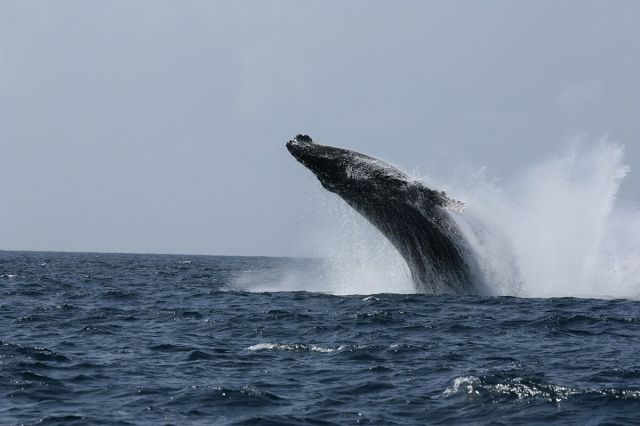
The Indian Ocean also has its "Big 5". It is not only the savannah of Kenya that
NATURE
di redazione
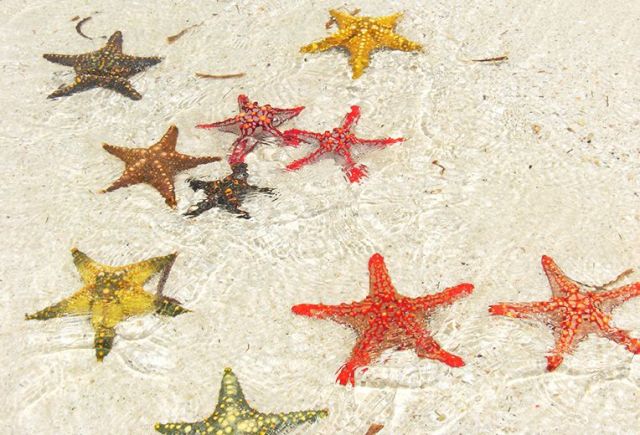
With all the problems caused by the lack of tourism in Kenya over the past year, due to the well-known causes of force majeure, there is some small relief that concerns Nature and the animal world.
NEWS
di redazione
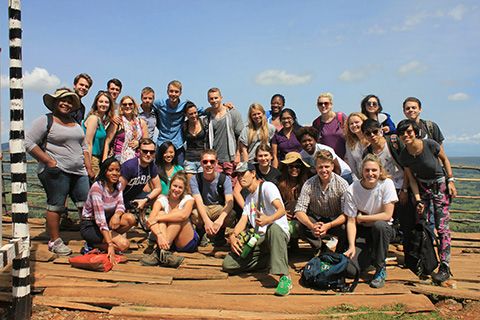
Watamu is not only a paradise for tourists and for those who fall in love with Africa and then returns, but also a "field of exploration" for many young people from all over the world.
Especially its ecosystem is of...
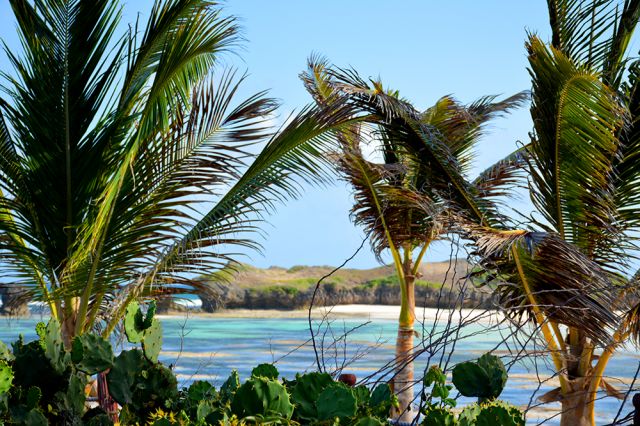
The beauty of nature around Watamu is the first calling card of this wonderful resort in Kenya.
Twenty kilometres before Malindi, arriving from Mombasa and Kilifi, after the...
PLACES
di redazione
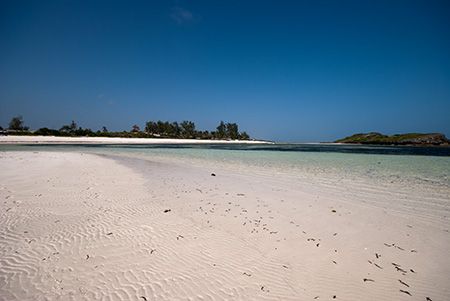
The beauty of nature around Watamu is the first calling card of this wonderful Kenyan resort.
Twenty kilometers before Malindi, arriving from Mombasa and Kilifi, after the villages of Chumani and Matsangoni, you meet...
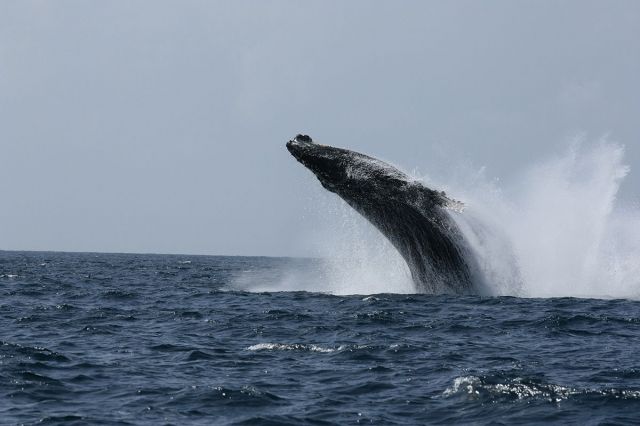
The tourist season has just begun, but those lucky enough to be in Kenya, and specifically in Watamu, these days...
ENVIRONMENT
di redazione

Downstream from an ecological disaster brewing a continent away, these placid waters are bearing the brunt of a foot-born problem: your flip flops.
The Japanese call them zoris. They're thongs in Australia. Tsinelas in the Philippines and chinelos in Brazil....
TOURISM
di redazione

One of the symbols of the Kenyan coast is undoubtedly the dhow, the typical Swahili boat.
Once only sailing, today also with the support of the engine, the dhow from...
NATURE
di redazione

That's about 20 in the world, one per country.
In the Black Continent only in Kenya, Uganda, Ghana and South Africa. And the Kenyan one is in Watamu
di redazione
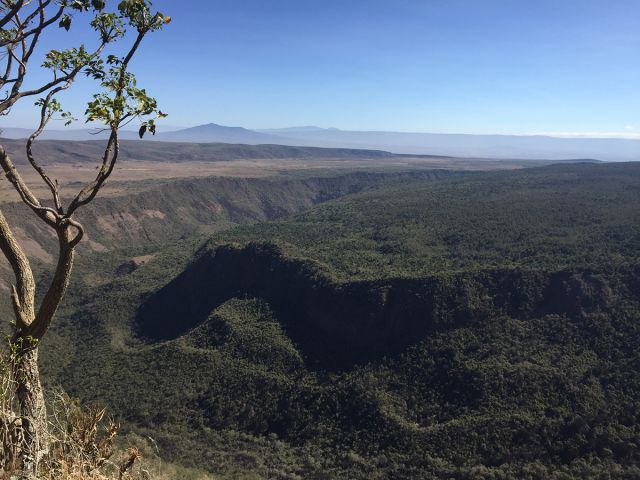
The real mountain of the Maasai people is Mount Suswa, a former volcano with incredible craters and caves.
Located in the heart of their land, Suswa is certainly the least known but probably the most interesting of the three famous...